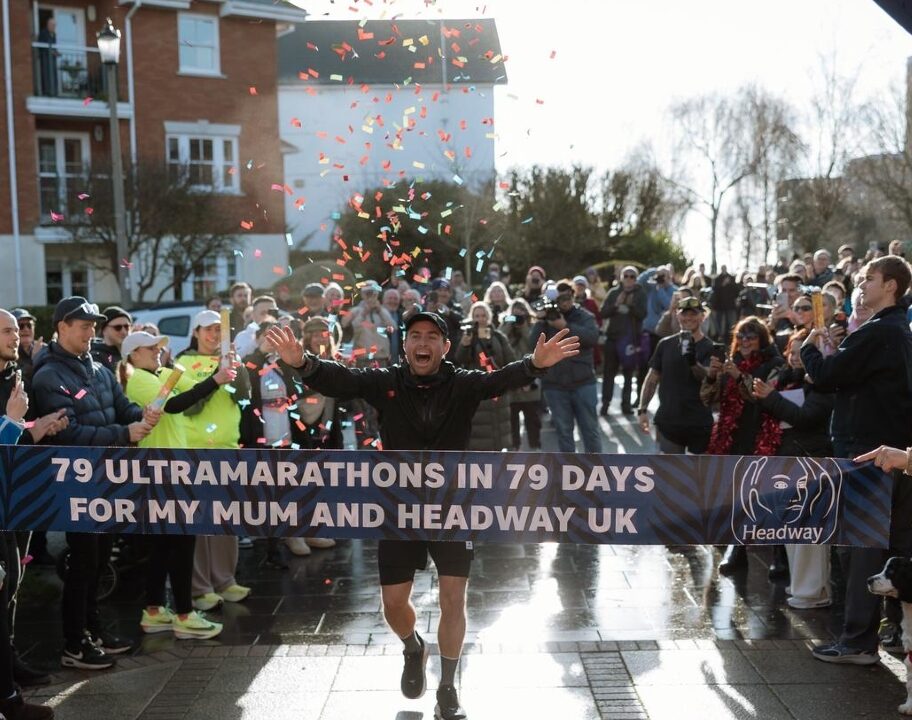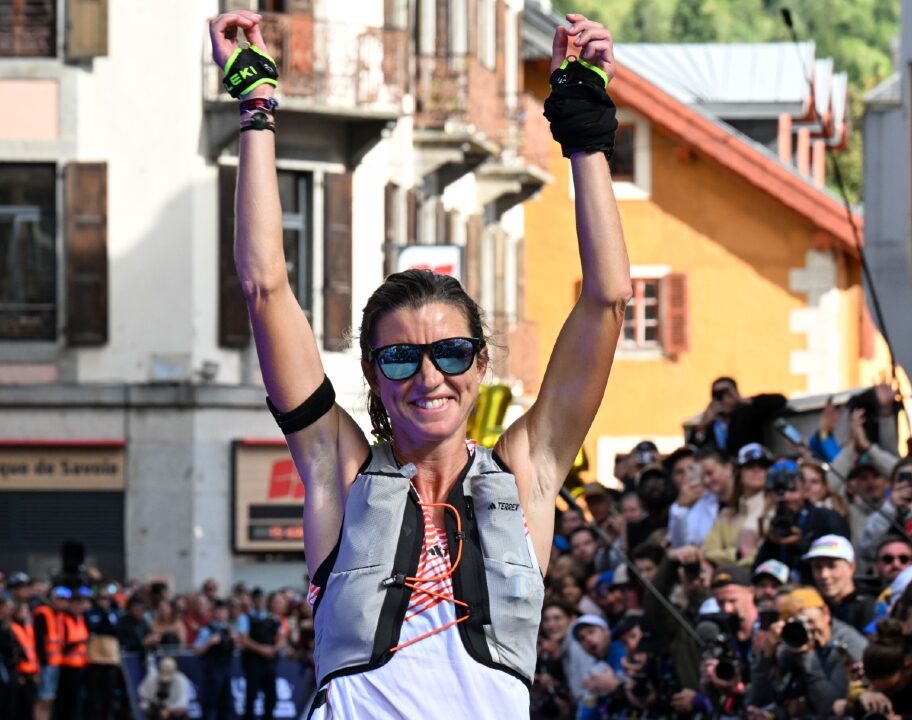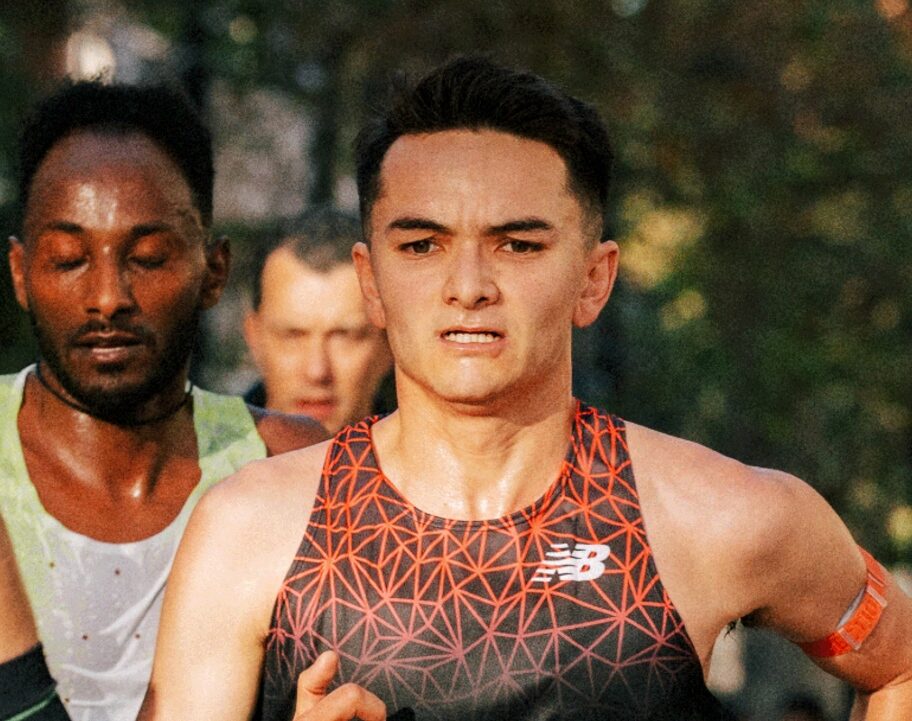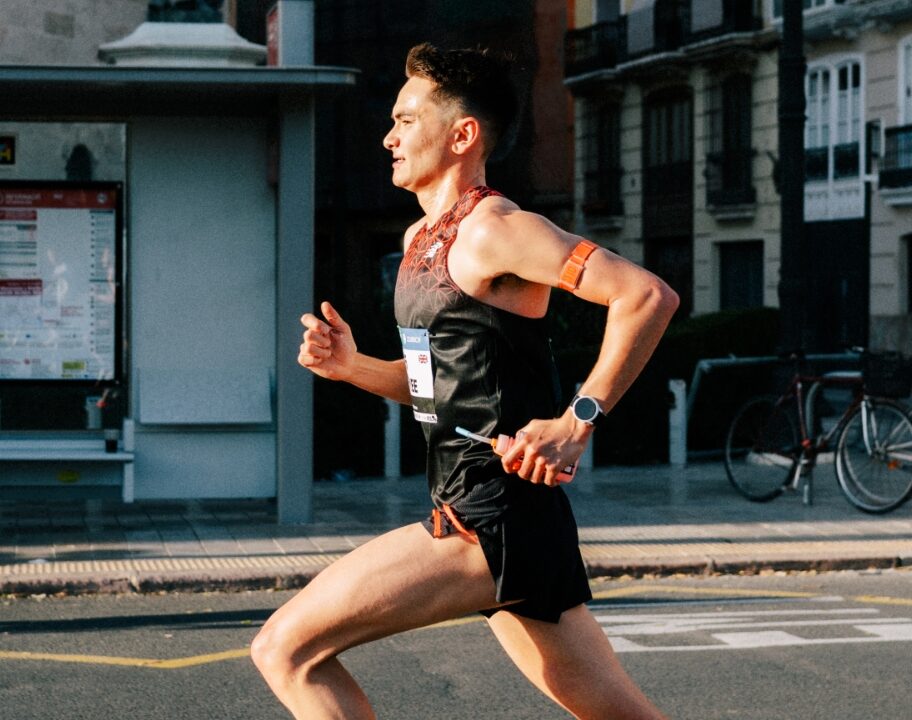The Valsir World Cup makes a return after a two-year COVID enforced break this weekend with a first-ever visit to Peru for the Andes Race.
This sixth running of the race will take place in the high mountains to the north of the Inca capital of Cusco. The event features four race distances, 100k, 60k, 13k and 30k, which is a Silver Label race in the 2022 World Cup.
This year’s event looks set to be the biggest yet, with 21 countries represented among more than 700 participants across the Andes Race’s four distances.
Altitude the biggest challenge
With 1,050m of ascent and 2,020m of descent, the 30km Andes Race is a stern test for the legs, but it’s the altitude that will be a real problem for those who have not grown up in the thin air of these mountains.
The race starts at Huacahuasi, which is already 3,700m above sea level, and the first eight kilometres are all uphill, taking runners to Abra Ipsayjasa at 4,500m, the high point of the route and by far the highest altitude on this year’s World Cup. From there the course descends, passing snowy peaks and gorgeous lagoons. It drops almost 2,000m to the finish in Ollantaytambo at 2,870m, with a few shorter climbs keeping runners on their toes.
Andes Race favourites
The favourite in the women’s race is returning champion Katia Maraus Sullca Amata, who is on fine form after taking third in the 35km race at the recent South American Championships in San Juan, Argentina. Her closest competition may be from Mary Christine Ricalde Mora, second at the Andes Race in 2018.
The fight for the men’s podium is likely to feature José Manuel Quispe Mallma and Octavio Chiri Chamana, both of whom represented Peru at the World Long Distance Mountain Running Championships in Argentina in 2019, as well as Fernando Condori Torres, who has twice finished fourth here.
The course records are Remigio Huaman’s 2:28:20 for the men and Aydee Loayza Huaman’s 3:15:18 for the women, both set in 2017.
There will be few trail and mountain runners who don’t see the appeal of the high mountain landscape which the race passes through. The surrounding peaks are as beautiful as they are intimidating, terrifying collisions of rock and ice with summits well clear of 5,000m. Seeing the potential in the race to have a positive impact, the organisers have made a great commitment to protect and restore this environment.
“Every year we have been doing small scale reforestation in the area of influence of the race,’’ explains Claudio Castillo, the Andes Race’s executive manager.
“Since 2022 we have a partnership with Global Forest Generation and we will plant 100,000 native trees thanks to the kilometers accumulated during the race by the participants” he added.





